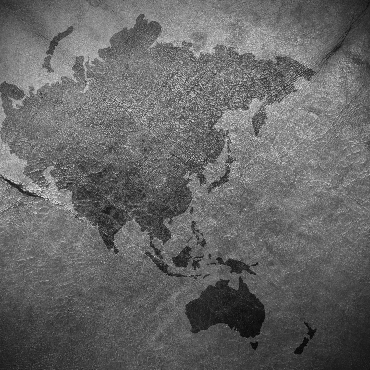CHINA SEEKS TO RESHAPE THE NARRATIVE AROUND COVID-19
China's diplomatic corps are now running a disinformation campaign regarding the origin of the novel coronavirus. On March 12th, Foreign Ministry Spokesman Zhao Lijian used social media platform Twitter to accuse the U.S. Army of bringing the virus to China. While the Party's primary objective is information control within its own borders, Chinese authorities are now seeking to use this propaganda line to shape global discourse. Five days before Zhao's tweet, China's Ambassador to South Africa, Lin Songtian, floated an early vision of the country's current disinformation line when he insisted that China was not necessarily the nation of origin for COVID-19. Additionally, Beijing is defending its handling of the coronavirus, and insisting that its response in Wuhan in January bought time for the world to prepare. For its part, the World Health Organization has parroted this talking point, despite China's missed opportunities to contain the virus throughout December and much of January. (CNN, March 13, 2020)
CORONAVIRUS AND CHINESE LEVERAGE IN ASIA
In late February, just as the COVID-19 crisis was intensifying beyond China's borders, PRC Foreign Minister Wang Yi used an Association of Southeast Asian Nations (ASEAN) meeting to pressure his counterparts to eschew travel bans. Wang also sought to boost China's global reputation after its initial cover-up of the virus' existence. The Chinese diplomat had some significant leverage for his offensive; many ASEAN countries, such as Vietnam and Thailand, among others, rely heavily on Chinese tourists, who vastly outnumber tourists of any other nationality. The delicate balance of economic viability and public health has been difficult for many ASEAN nations to strike, and public health experts suspect several countries, particularly Laos and Burma, are underreporting their respective COVID-19 infection rates as a result. (Nikkei Asian Review, February 21, 2020)
TAIWAN'S KMT TO REASSESS ITS CHINA POLICY
Given a choice, the Chinese Communist Party (CCP) prefers Taiwan's Kuomintang (KMT) Party, which favors engagement with Beijing, over President Tsai Ing-wen's Democratic People's Party (DPP), which leans toward independence for the island nation. Central to the KMT-DPP split is an agreement from two decades ago called the "1992 Consensus." Negotiated when the KMT was in power, the consensus states that both China and Taiwan are part of "One China," but leaves the term undefined. Taiwanese politicians in both parties are careful to maintain the status quo in cross-strait relations, but the CCP exploits the policy gap to its advantage. The CCP used Tsai's unwillingness to support the 1992 Consensus in 2016 as a pretext for unravelling Taiwan's global network of alliances. Even so, her reelection in January has forced the KMT to reconsider its cross-strait policy; to wit, the party's new chairman, Johnny Chiang, has publicly announced that the policy will be reevaluated. (Wall Street Journal, March 8, 2020)
INDONESIAN PURCHASE OF RUSSIAN FIGHTER JETS IN DOUBT
Jakarta is reportedly reassessing its decision to purchase Russian Sukhoi SU-35 fighter jets. Russia has enjoyed a dominant position in arms sales throughout South and Southeast Asia, but recent U.S. legislation is complicating defense procurement for many governments. Section 231 of the Countering America's Adversaries Through Sanctions Act (CAATSA), which was passed and enacted into law in 2017, imposes hefty sanctions on countries or entities engaging in a "significant transaction" with defense or intelligence Russian entities. Congress passed a waiver authority into law in 2018 to account for particular cases like India, but the statute is providing new incentives for foreign governments to consider alternatives to Russian capabilities. (Jane's, March 16, 2020)
BLUE DOT NETWORK FUNDS 5G IN SOUTHEAST ASIA
As the Chinese telecommunications firm Huawei expands its global reach into 5G networks, the U.S. is leading a multilateral effort to counter the company's dominance. Under the auspices of the "Blue Dot Network," governments in Washington, Tokyo, and Canberra are funding strategic infrastructure projects throughout the Indo-Pacific as an alternative to China's One Belt, One Road initiative. The International Development Finance Corporation, the U.S. agency that coordinates with the Blue Dot Network, recently announced a $190 million loan to fund the construction of the world's longest undersea telecommunications cable connecting Singapore, Indonesia, and America. The cable will service 5G networks, but more importantly its route bypasses the geopolitically contentious South China Sea. (U.S. International Development Finance Corporation, March 12, 2020)
Want these sent to your inbox?
Subscribe
